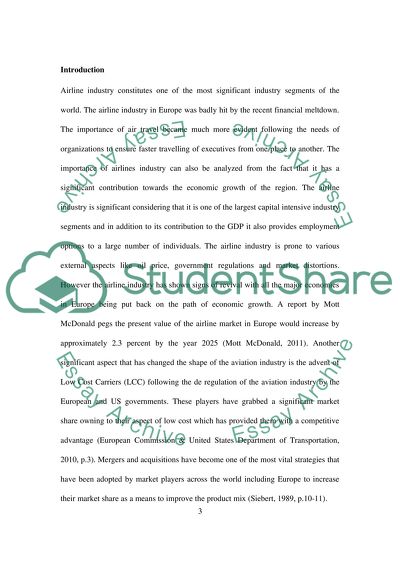Cite this document
(“Flying the flags Essay Example | Topics and Well Written Essays - 2250 words”, n.d.)
Retrieved from https://studentshare.org/environmental-studies/1415283-flying-the-flags
Retrieved from https://studentshare.org/environmental-studies/1415283-flying-the-flags
(Flying the Flags Essay Example | Topics and Well Written Essays - 2250 Words)
https://studentshare.org/environmental-studies/1415283-flying-the-flags.
https://studentshare.org/environmental-studies/1415283-flying-the-flags.
“Flying the Flags Essay Example | Topics and Well Written Essays - 2250 Words”, n.d. https://studentshare.org/environmental-studies/1415283-flying-the-flags.


